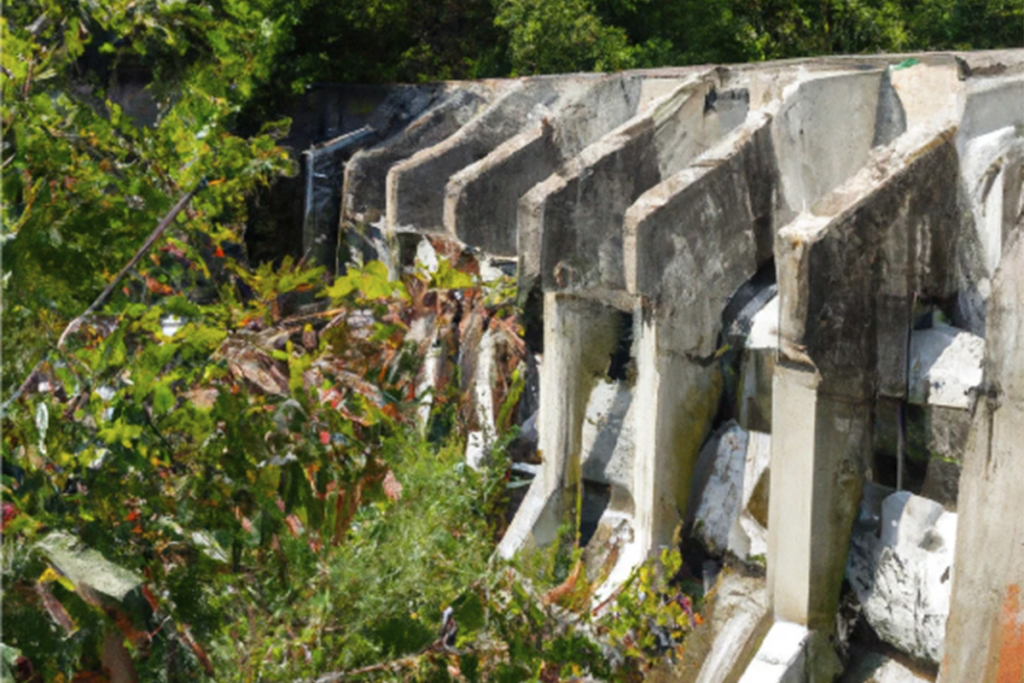EarthTalk®
From the Editors of E – The Environmental Magazine
Dear EarthTalk: What’s the story with so-called “deadbeat dams” causing ecosystem problems across the country? — George H., Seattle, WA

The invention of dams was certainly one of humanity’s most innovative feats of engineering. Able to harness power from the water currents, reserving water and effectively controlling floods, dams have been crucial to civilizations since 3,000 B.C. Modern dams are made of concrete and steel, built to withstand tons of water pressure. But over time, many dams have fallen into disrepair and no longer serve their intended purposes. These dams lost to time are called “deadbeat dams.”
Deadbeat dams disrupt surrounding ecosystems by altering water temperature and hindering fish migration patterns. When dams impede river the flows, water temperatures increase, decimating fish sensitive to temperature changes and prevent fish migrations, further damaging their chances of survival.
Loss of fish populations can devastate the entire surrounding ecosystem as they are the primary food source for many animals including birds and mammals, so they are integral to maintaining balance in the food web. Communities that rely on fish in their diet can also be largely affected. The Kwoneesum Dam was abandoned in the 1980s and has since then obstructed 6.5 miles of the Washougal River, preventing the Native nations’ access to the salmon and steelhead population that nourished them for generations.
Effective and safe dam removal is a large and costly challenge, often taking many years and millions of dollars. When removing dams, workers must be careful to ensure debris and sediment from the construction site are not released into the environment, and to test for possible contaminants within the sediment. In 1973, the Fort Edward Dam on New York’s Hudson River was removed without its sediments tested for contaminants. According to the Columbia Climate School, this resulted in “tons of sediment laden with toxic PCBs” washing downstream and “affecting human and wildlife health.”
Across the U.S., 20,000 of the 90,000 total dams are considered unsafe. But due to logistical and financial difficulties, dam removal has been slow: Since 1912, only 2,000 dams have been removed. In recent years, native communities have made headway in advocating for deadbeat dam removals. Through extensive efforts on their part and that of policymakers, millions of dollars have been raised to fund dam removal across the Pacific Northwest. The Seattle Times reports that, in 2024, $40 million from a $75 million Washington state act will go towards “nine [dam removal] projects led by tribal nations.” To ensure the longevity of our precious natural resources, deadbeat dams is an issue we can no longer overlook. Their presence is a constant disruption to nature and to those dependent on nature.
CONTACTS: Why ‘deadbeat dam’ removals are so difficult in WA, PNW, www.seattletimes.com/seattle-news/climate-lab/why-deadbeat-dam-removals-are-so-difficult-in-wa-pnw.
EarthTalk® is produced by Roddy Scheer & Doug Moss for the 501(c)3 nonprofit EarthTalk. See more at https://emagazine.com. To donate, visit https://earthtalk.org. Send questions to: question@earthtalk.org.
